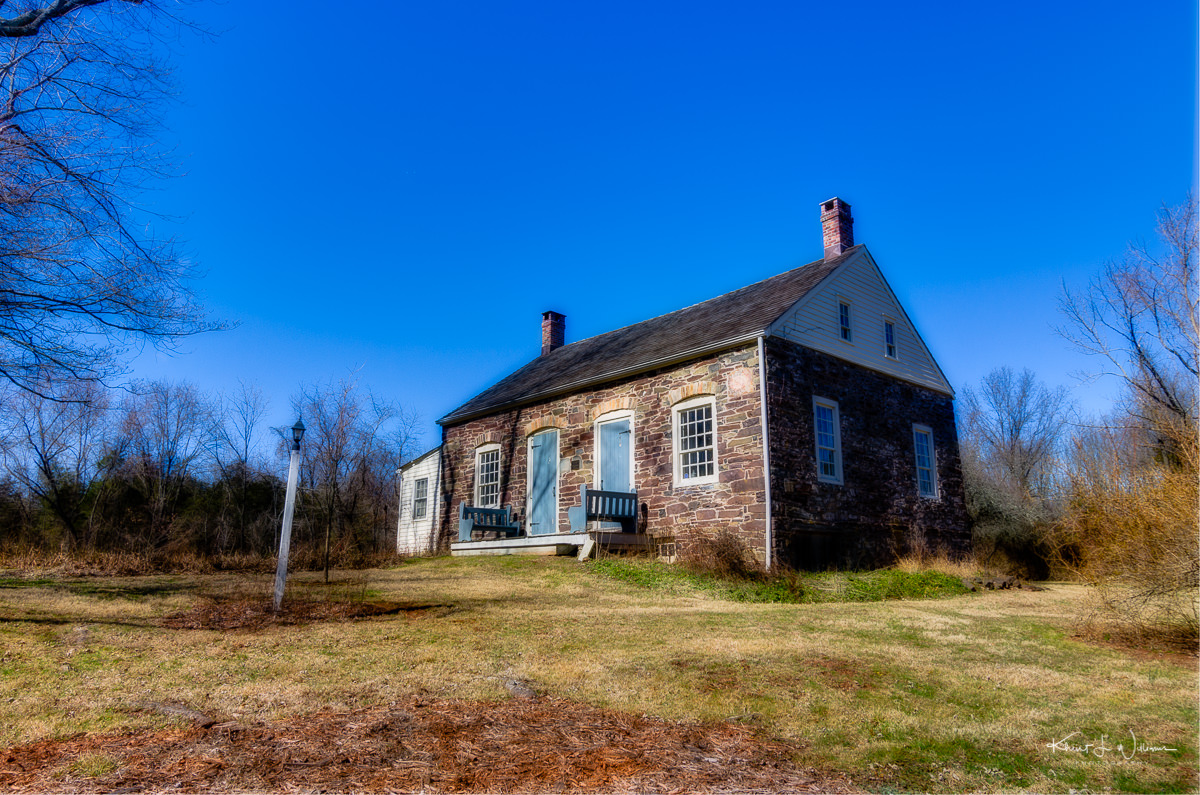I recently learned about a landscape photography technique called the "Orton Effect". The Orton Effect is a post-processing technique has been around for about thirty years that has become a trend. The technique is used to add a subtle (and sometimes not too subtle) glow to photographs. The technique creates an image that is simultaneously sharp and out-of-focus. The resulting image can be difficult to analyze or describe.
The Orton Effect is the creation of abstract landscape photographer Michael Orton who used it extensively in his film photography. The effect can be quite easy to reproduce with a DSLR and Adobe Photoshop. Here’s how.







The Orton Effect darkens the shadows of a photo. You may want to adjust the exposure or shadow slider in Lightroom. The result of applying a heavy Orton effect to the original image.


